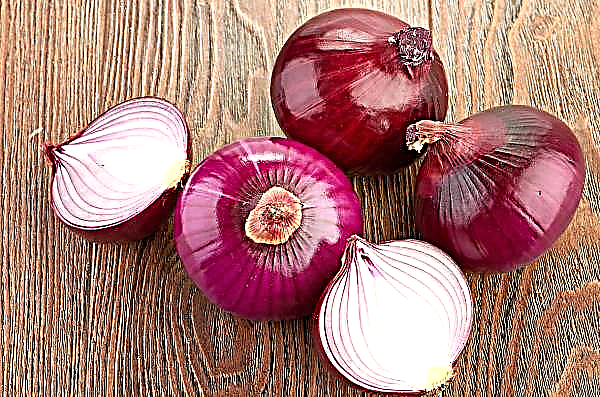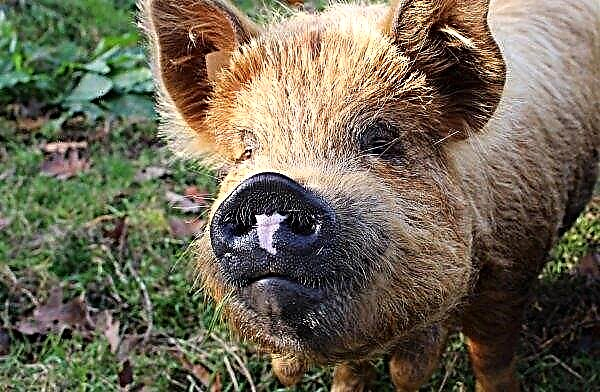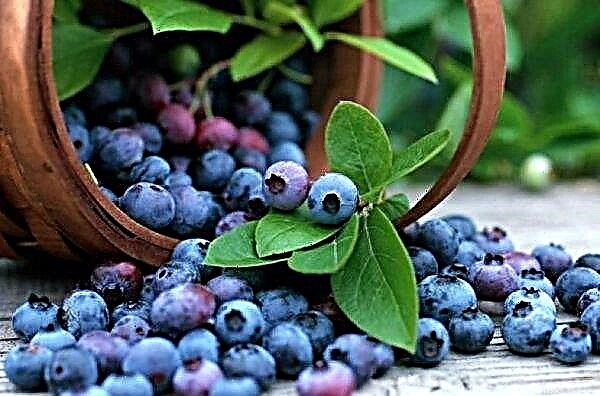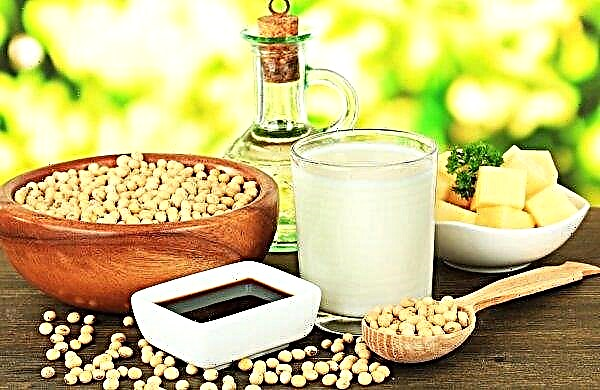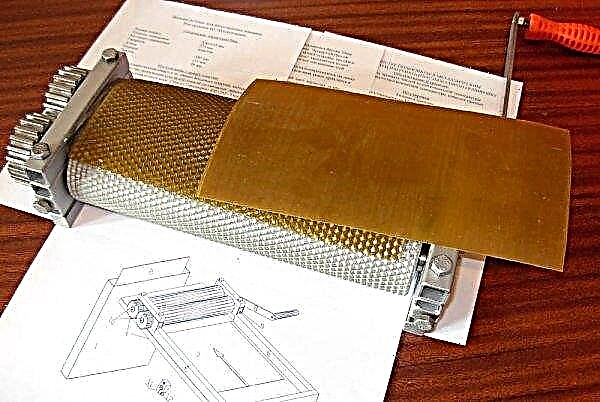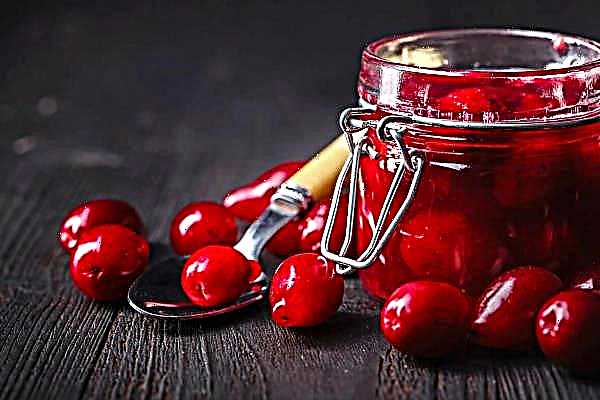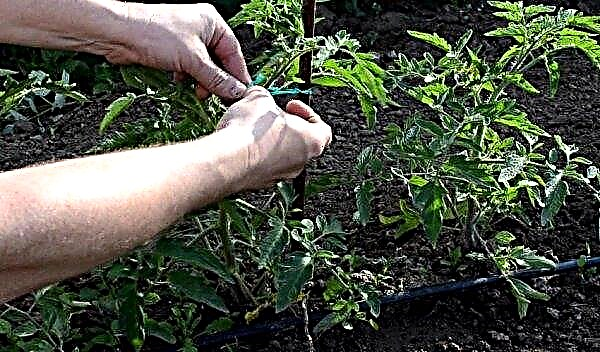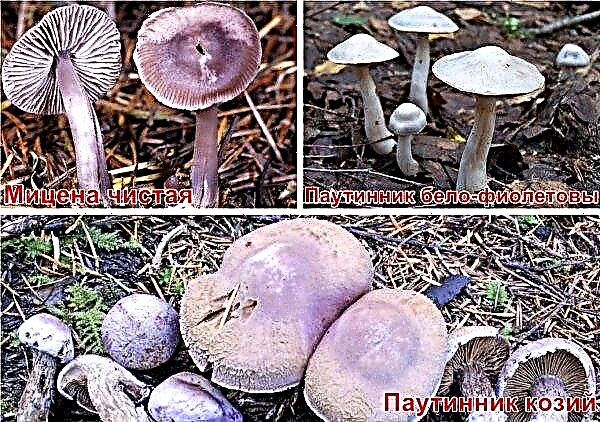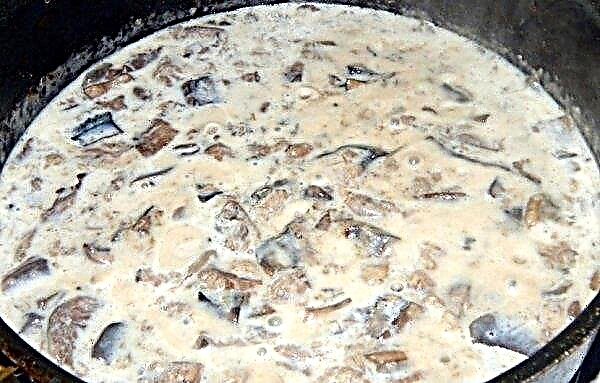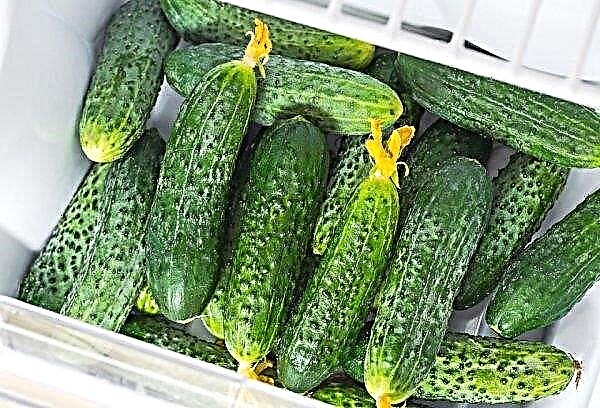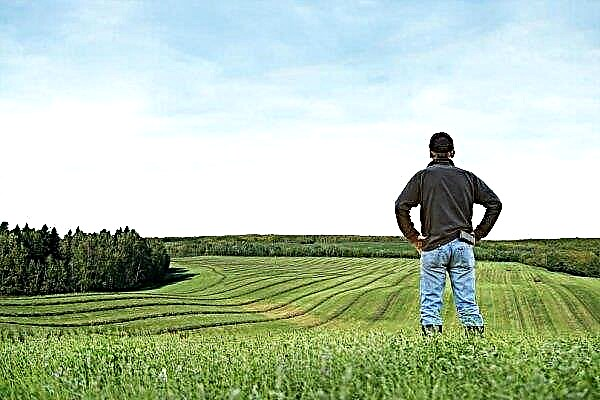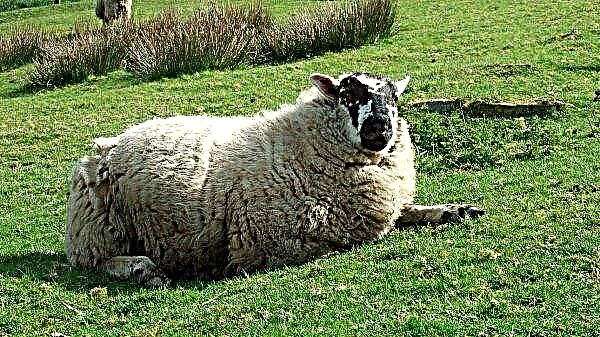The Bashkir breed of ducks is one of the most successful in the meat and egg direction. The main advantage is the relatively low price of thoroughbred ducklings and their simplicity in their maintenance.
Origin history
An interesting fact is that the breed was bred by chance during breeding to improve the white Peking duck at the Blagovarsky breeding plant. Among the mutated individuals, representatives of a different color began to be distinguished, which were distinguished by a strong physique and special endurance. Mutation began to support and consolidate.
Breed description
There are two main types of Bashkir ducks:
- Khaki.
- Black white-breasted.
Both varieties are characterized by good health and high survival rates of young animals. The breed is devoid of such a disadvantage as an increased fat content in meat. Individuals gain weight quickly and require a special approach to feeding. In terms of gluttony, the breed is not inferior to the Peking one.
The weight of a drake is on average 4 kg, ducks - 3.7 kg. Fat accounts for only 30% of live weight.
Appearance
Colored in color, the Bashkir ducks look wild due to their plumage. It is covered with an unusual pattern and on the stomach - lighter than in the back.
The bird has a strong physique. The sternum is wide, well muscled. A compact, downed body is set on short legs. A distinctive feature is a concave beak and a slightly flattened head.Did you know? Even a few years after the slaughter, the raw feather of the Bashkir duck cannot be wetted with water.
Color
The plumage color has become a fundamental factor in isolating the breed from the total flow of individuals obtained during selection. Distinctive features of the varieties are presented in the table below.
| Color | Description |
| Khaki | The neck and stomach are covered with white plumage. The rest of the body, including the head, is gray-brown with a pronounced pattern. The edges of the wings and the tail are painted in blue or blue. |
| Black-breasted | The plumage on the chest is white, the rest of the body is covered with a black feather. On the head, the plumage has a pronounced bluish or green hue. |
How to distinguish a drake from a duck?
Adults by sex can be easily distinguished by external data:
- the upper part of the head, tail and lower wing feathers of the drake acquire a dark shade from the 35th day of life;
- females are distinguished by a calm, dull color;
- the drake is larger than the female; its frontal lobe is wider.

How to distinguish the sex of ducklings?
Ducklings by sex are determined in a slightly different way:
- take the duckling with your left hand and turn his head to you;
- fingers of the right hand, open the cloaca and turn it from the side of the abdomen;
- in the male cesspool is a rudimentary spiral penis 1.5–2 mm long;
- the female in the cesspool has spherical flat growths.
Useful information on determining a sexual trait makes it possible to form a complete herd and separate individuals for fattening from breeding representatives.
Productive qualities
By 2 months of life, males gain weight up to 3 kg. At industrial enterprises, slaughter of birds occurs at this age. In private households they are slaughtered in 3-4 months. In addition to meat and eggs, the breed is used to obtain a feather, which is valued for its decorative appearance.
Egg production
Bashkir ducks rush for 40-50 weeks. During this period, individuals of the khaki variety give 220 eggs, black and white - 240 eggs. The weight of one egg is 70–80 g.
To increase productivity, when the ducks begin to rush, they artificially lengthen the daylight hours, the optimal duration of which is set at 14 hours. How to find out that females are ready to incubate offspring? Prompt their behavior:
Prompt their behavior:
- less likely to appear in the yard;
- spend more time in the nests.
Average meat yield
The yield of pure meat from one female carcass is 70%. With a drake weighing 4 kg, 2.8 kg is obtained. The meat of birds of the Bashkir breed is distinguished by good taste, has no specific smell.
Advantages and disadvantages
Bashkir ducks are valuable representatives of meat and egg breed, which have long become one of the most beloved among domestic poultry farmers. The breed does not require special care and has practically no shortcomings.
- The main advantages of breeding this breed:
- good egg production;
- high survival of ducklings;
- good adaptability in any climatic zones;
- precocity
- low fat content in meat;
- good immunity.
- Conditional deficiencies include:
- increased appetite;
- exactingness to water quality.
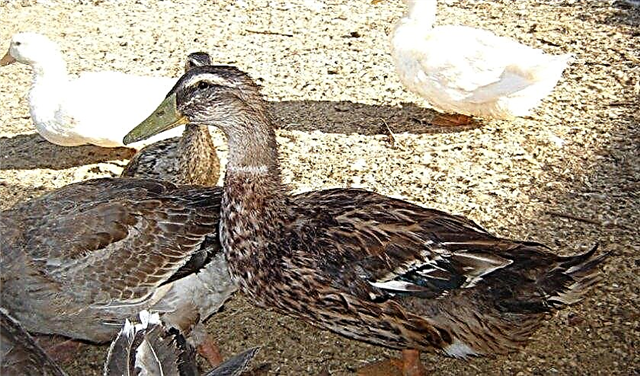
Breeding and care
Young growth is equally well removed in the incubator and through natural incubation. Hatchability is 78–80%. Incubation takes 22–23 days. From the moment of hatching, the young animals are kept indoors with their mother for the first 20 days.
Important! In the absence of an incubator and a duck ready to hatch eggs, you can put the biomaterial under the crook.
In good conditions, the bird begins to lay eggs in February. But, the first biomaterial is usually not fertilized and is not suitable for incubation. It is better to take March and April eggs for incubation. Fertility of ducks persists for 3 years, then breeding individuals need to be updated.
To obtain high-quality meat products, it is advisable to keep young animals 3-4 months and send for slaughter. Content can be outdoor and cellular. In this breed is not finicky at all.
Content Rules
Keeping room must be warm. In winter, the air temperature should not fall below +7 ° C. The floors must be raised to a height of 20 cm and strengthen the walls from the penetration of rodents and other animals. For adults on 1 sq. M. rooms will need 5 watts of energy for additional lighting.
The lights are turned on in the morning and evening or just before bedtime.
In winter, on 1 sq. M. 3-4 goals are allowed, in summer - no more than 2. The premises are cleaned every 4 days. Drinking bowls and feeders are regularly washed using a solution of manganese. Nests are installed in the far corner of the room. Each duck will need a separate nest measuring 60x40 cm. For this breed you need to equip a walking area with an artificial or natural body of water, on which there must be a quality grass cover.
For this breed you need to equip a walking area with an artificial or natural body of water, on which there must be a quality grass cover.
What to feed?
Bashkir ducks eat everything they find. This is better not to allow and streamline the feeding of birds in order to avoid their obesity. The bird is distinguished by an accelerated metabolism, so everything eaten is quickly absorbed and goes to the development of the body.
When fattening meat, a compulsory component of the diet is balanced feed in granules. The ratio of grain and feed mixtures for an adult bird is 0.4: 0.5. On the territory of the walking yard and the house, boxes with sand and crushed shells are always put. Adult birds are fed 4 times a day.
Important! Water in drinking bowls needs to be changed 3 times a day. Ducks like to splash around in drinkers, so the liquid is quickly contaminated. During the day, one individual drinks about 2 liters of water.
In summer time
The summer diet of the breed consists of:
- pasture;
- root crops;
- yeast
- silo;
- wheat bran;
- maize;
- compound feed.

In winter
The basis of the winter diet:
- corn;
- wheat;
- legumes;
- a piece of chalk;
- compound feed;
- grass and meat and bone meal.
Occasionally, fish and minced meat are mixed into the food. 300 g of minced meat is added to one individual. In the morning and at lunchtime they give wet mixes, in the evening they are limited to dry food.
Molting
The period of egg production begins in February and ends in June. In regions with cool summers, the period extends until August. The first molt takes place in June-July, the second - in August-October. During this period, the bird does not give eggs.
In females, molting occurs 10-15 days later than in males. In the first molt, steering feathers and fly feathers of 1–2 orders of magnitude change; in the second, steering and small feathers change.
Ducklings care
Ducklings require special attention in the first month of life. After hatching, they, together with the female, are transferred to a separate room. Dry and clean bedding should be kept on the floor at all times.
The room for ducklings must be insulated and treated with liquid sodium before being populated. After drying, lime whitewash is applied. For the first 30 days, only the mother contacts the babies from the adult herd, provided that she is completely healthy. Up to 30 days of age, all young animals are vaccinated against diseases caused by E. coli. From 2-3 months of life, a planned deworming is performed.
Up to 30 days of age, all young animals are vaccinated against diseases caused by E. coli. From 2-3 months of life, a planned deworming is performed.
Conditions for keeping
The first 10 days the chicks are indoors at a temperature of +30 ° C and round-the-clock "re-exposure." Then the temperature is gradually reduced to +16 ° C and reduced daylight hours to 10 hours. From 30 days, ducklings are allowed to be released into the common walking area.
Feeding
Feed the Bashkir duck ducks immediately after they dry.
The first feed of ducklings:
- hard-boiled, chopped chicken eggs;
- cottage cheese;
- yogurt.
On the 2-3rd day, you can enter crushed greens. From 4 days of age meat waste and meat and bone meal are allowed. From 10 days wet mixes are introduced in milk with the addition of boiled potatoes. Already from the 24th day, ducklings switch to an adult diet. Up to 30-40 days, food for ducklings is given 8 times a day.
Disease prevention
The Bashkir duck is favorably distinguished by its high resistance to major diseases. Infection can occur due to poor organization of care. Common Diseases:
Common Diseases:
- Avitaminosis - is a consequence of unbalanced nutrition. In the diet of Bashkir, protein and mineral feeds should prevail.
- Cloacite - manifested by protrusion of the cloaca, accompanied by damage to the mucous membranes. Prevention is the introduction of a diet rich in vitamins A and E, the practice of mating on water, the use of disinfecting, moisturizing ointments for the genital area.
- Pasteurellosis, hepatitis and paratyphoid are incurable diseases. Prevention consists in quality care for the premises and vaccination of birds under the age of 30 days.
Did you know? Only a duck can quack; the drake makes sounds like hissing. With her quacking, the female calls up the male and communicates with the offspring.
The Bashkir breed of ducks is advantageous for its versatility in use and is distinguished by good immunity. Already in 3-4 months, the bird is ready for slaughter, which significantly reduces the cost of feed.

